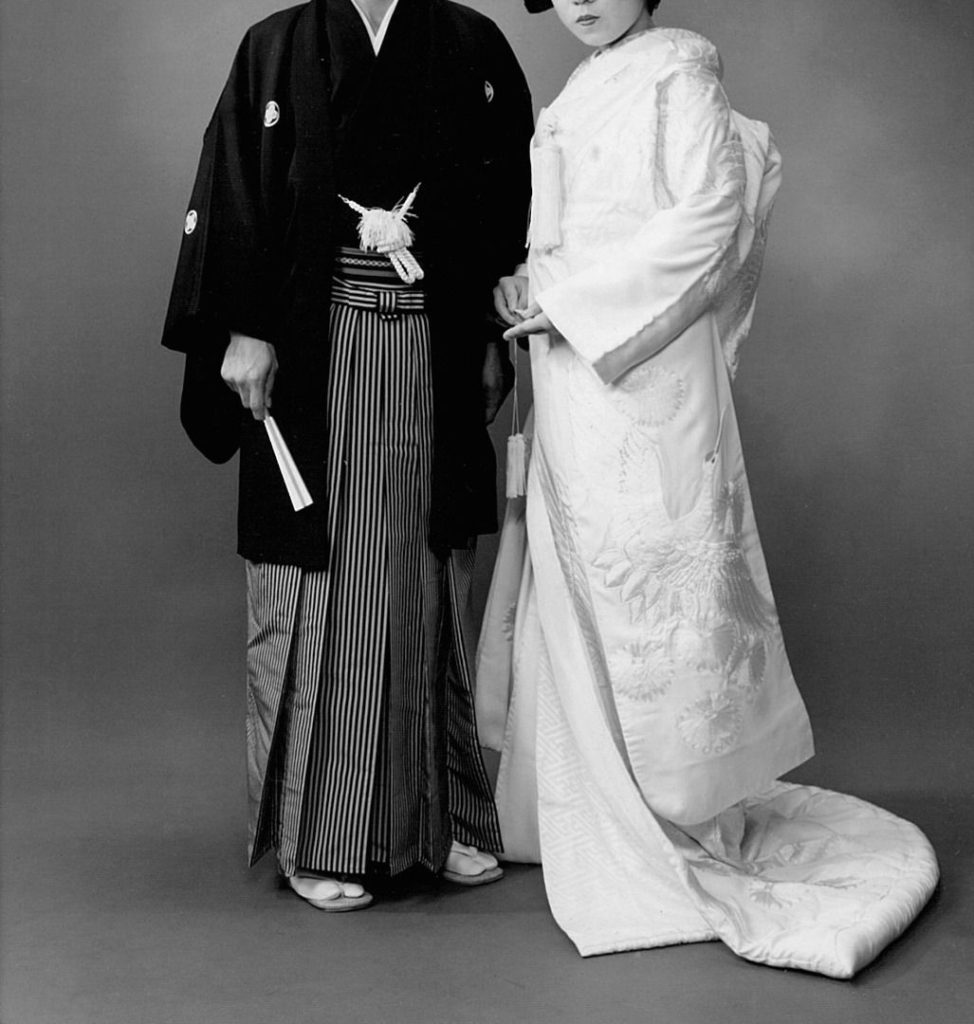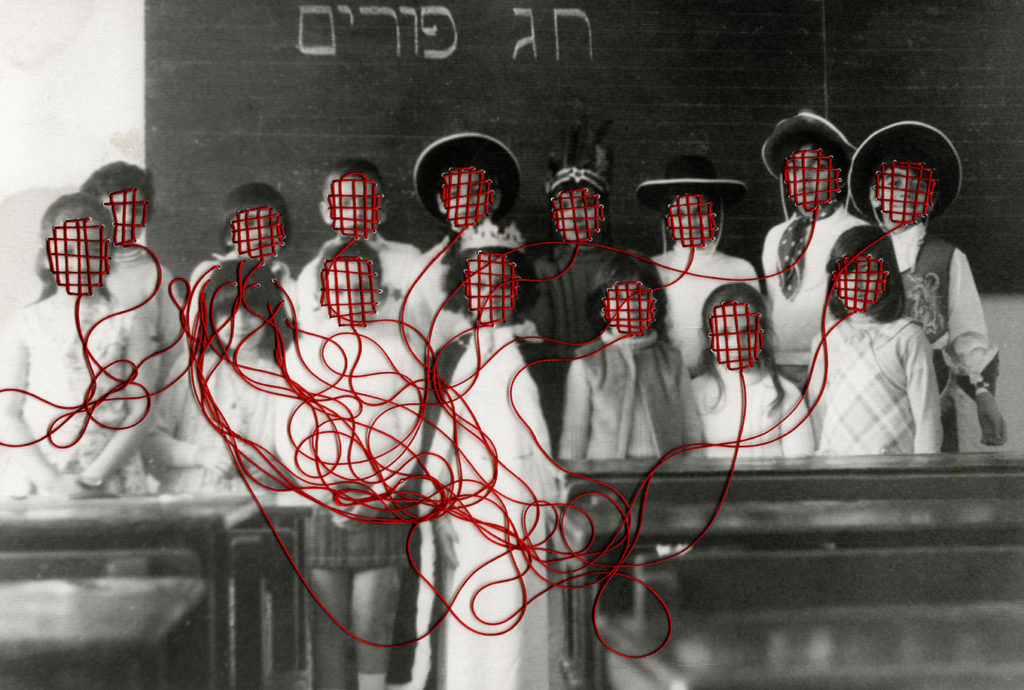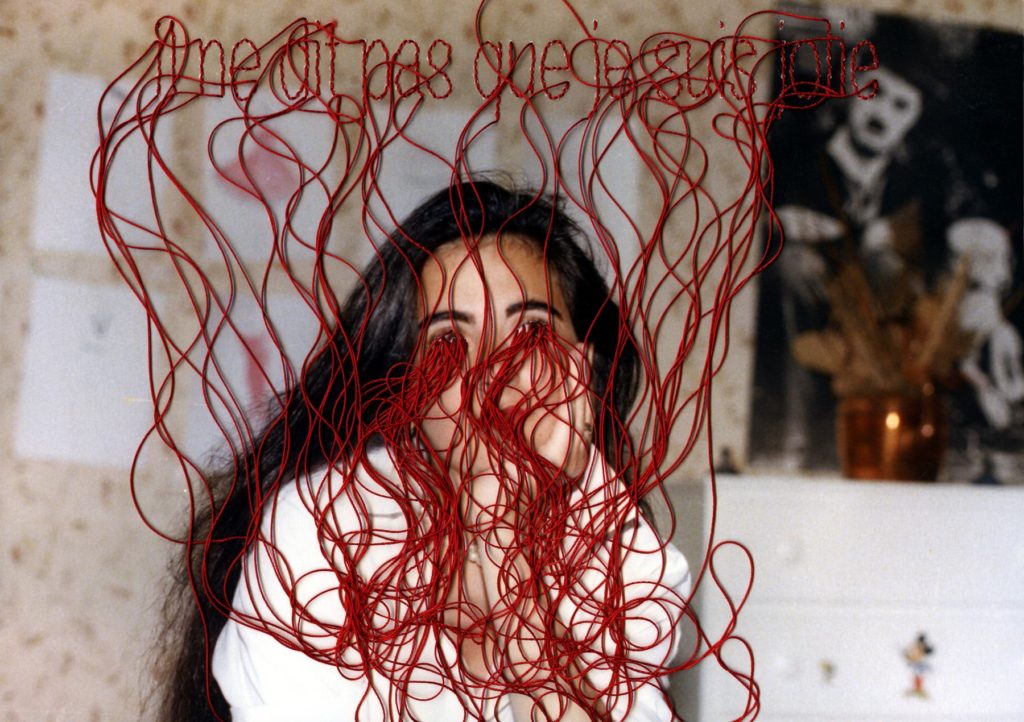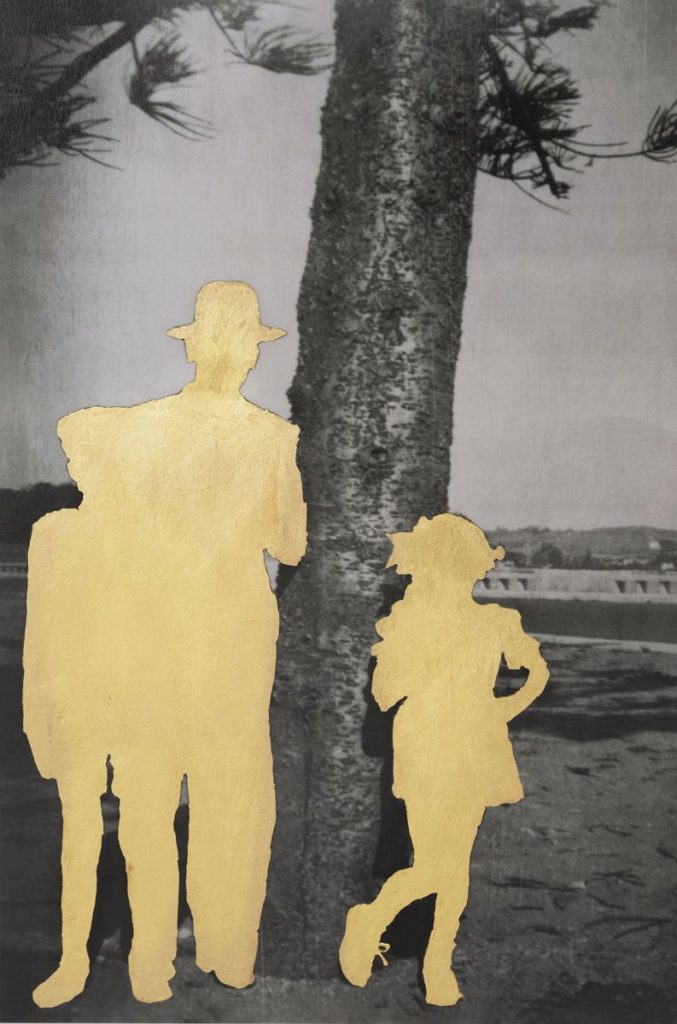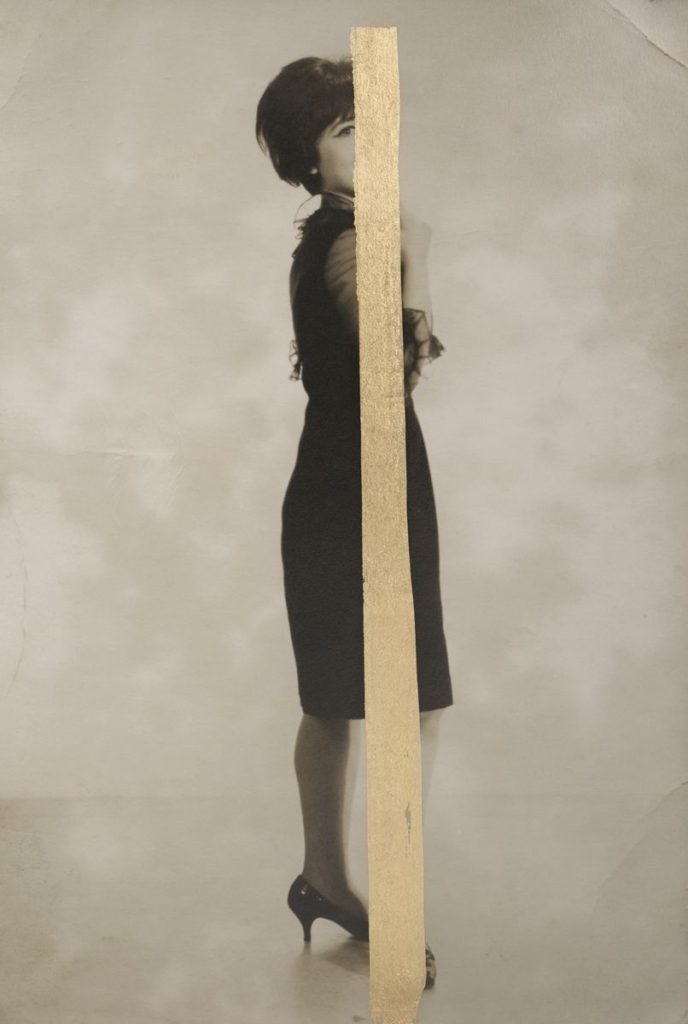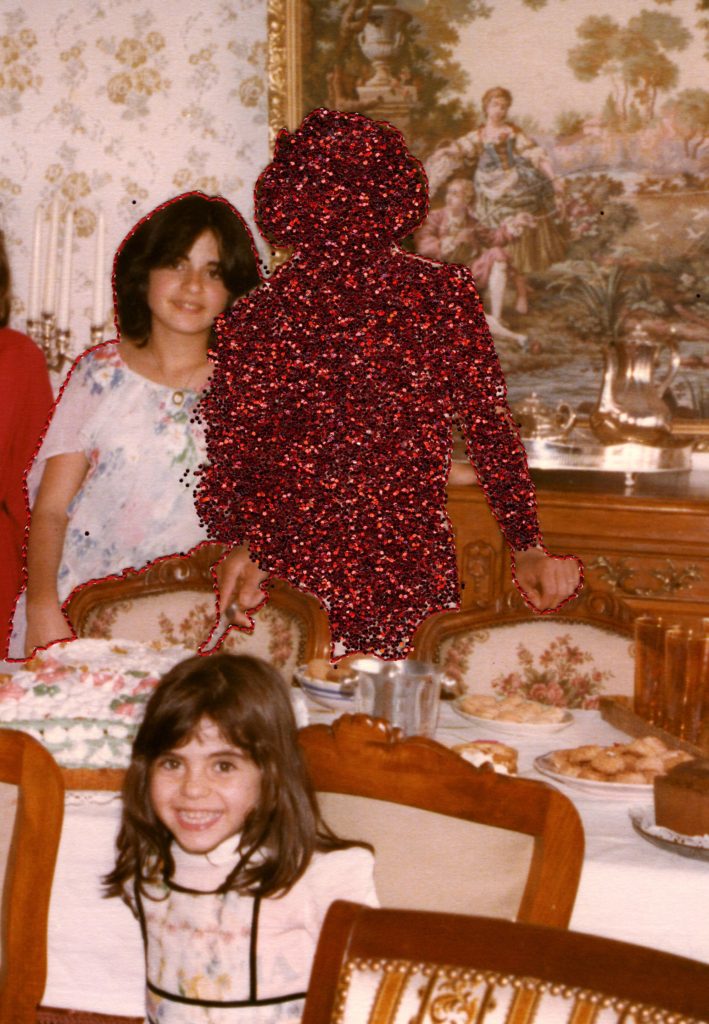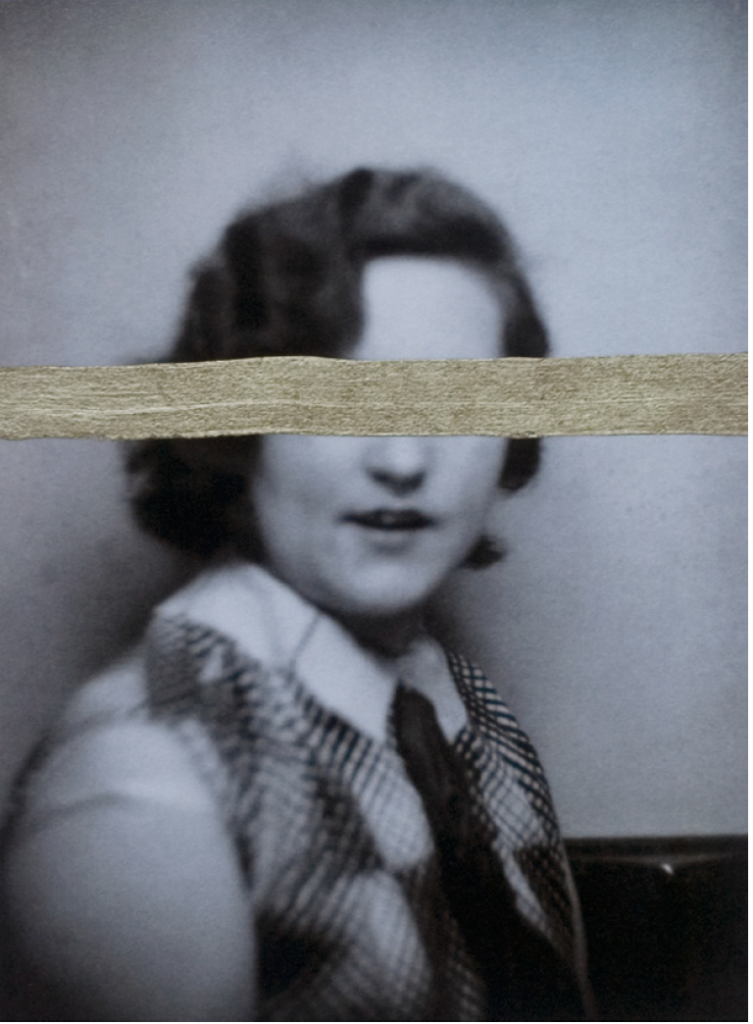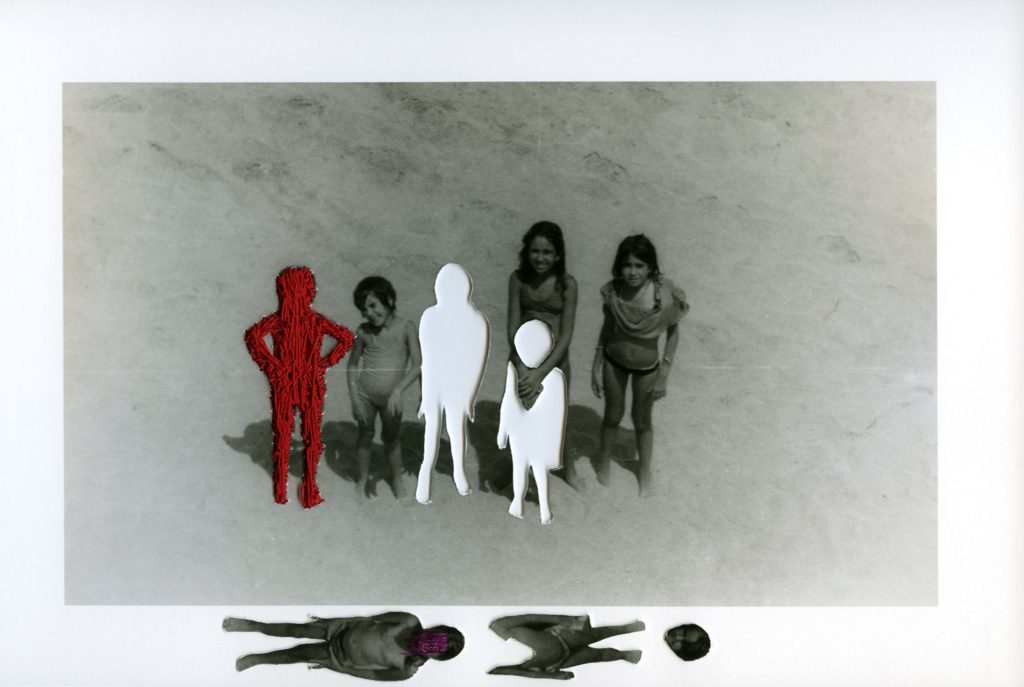Yoshikatsu Fuji
Yoshikatsu Fuji is a photographer born and raised in Hiroshima City and began his photography work in Tokyo. His work consists of historical themes and memory lingering on in contemporary events. His main piece was a photobook, ‘Red String’, which was inspired by his parents divorce. After he moved back to his home city he has a started a long term projects called “Hiroshima Graph.” This photo series attempts to see through the eyes of the third generations of the atomic bomb victims. It sheds light on the disappearing traces of the war so that future generations can see the history and what has happened.
The ‘Red String’ is a glimpse into Fuji and his parents past and their life while Fuji was growing up. Throughout the book it show the slow separation of his parents from the very beginning to the end. In the text at the back of the book Fuji explains why he used the red string as a way of connecting the different photos through the piece. There’s a Japanese legend that says predestined lovers are tied together by an invisible piece of red string, from the moment they are born.
“My family will probably never meet all together again. But I can feel without a doubt that there is still proof inside each of us that we once lived together.”
Carolle Benitah
Carolle Bénitah was a French Moroccan photographer, who worked for ten years as a fashion designer before turning to photography in 2001 she explores memory, family and the passage of time. Often pairing old family snapshots with handmade accents, such as embroidery, beading and ink drawings, Bénitah seeks to reinterpret her own history as daughter, wife, and mother.
Benitah took old family photos and made them into new ones but with her version of the story and her feelings towards the people and the photos. She used different styles to re-interpret her own history. For example, she used embroidery on many of her pieces as a way to express her thoughts and experiences, or on some, she used gold paint to cover a part of somebody or she would cover everyone and leave the background black and white.
“Those moments, fixed on paper, represented me, spoke about me and my family told things about my identity, my place in the world, my family history and its secrets, the fears that constructed me, and many other things that contributed to who I am today”
I like how in Carolle Benitahs work its all the same style but with she adds different twists to each piece, like she says she uses many different materials to try and capture/show her feels through the images. I especially like the very bottom photo where there’s 6 girls standing on the beach, I think she has cut out and embroidered over the girls she is either doesn’t talk to and doesn’t like as she hasn’t tried to piece back together the head and body of one of the girls she cut out. The other cut on the left has also had her face scribbled over which shows that she has quite strong emotions towards the people in the photo. Even though the actual photo isn’t very clear you can see the age and can kind of work out the time it was taken showing that as you grow up you don’t always stay connected to the people you with when you were younger. As all the girls are looking up we know that its taken from high angle which allows for all the shadows to be seen but isn’t obstructing or getting in the way of anything else, the shadows also help create quite and eerie effect as their are just two white silhouettes standing in front of them instead of the people who use to be there.




